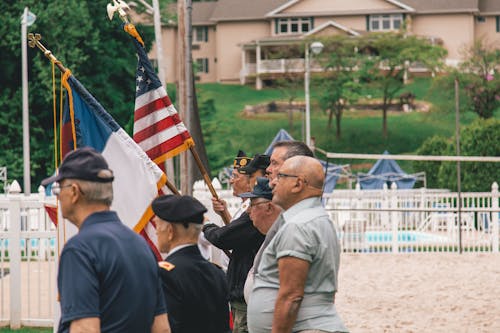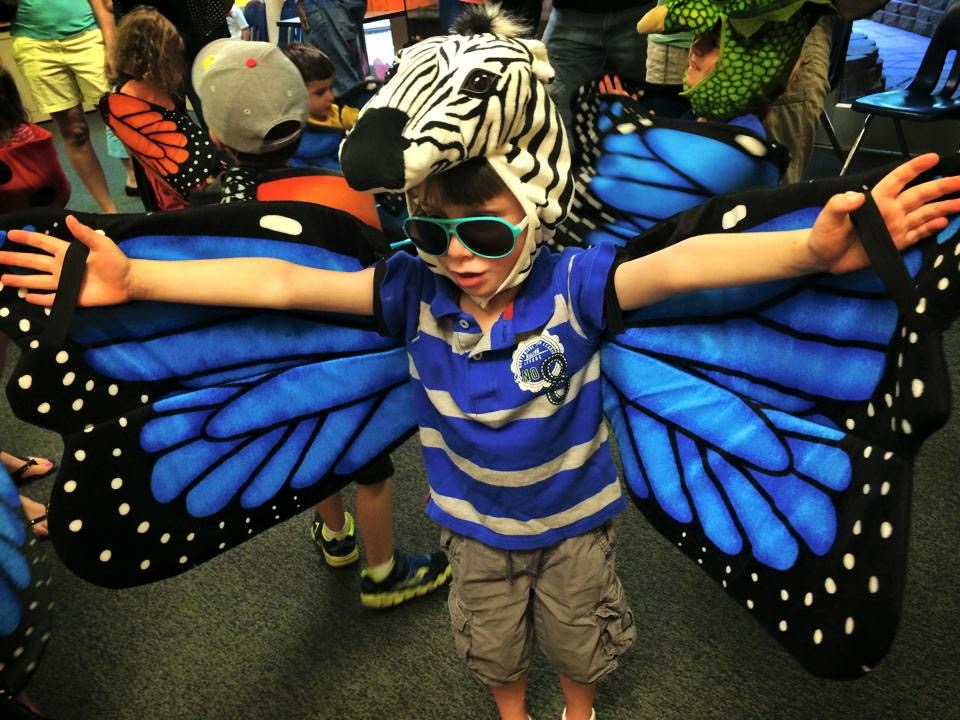American Flag etiquette must be taught in order for the United States to continue as a great nation. American values and traditions are important to be taught at home and at school.

History in Brief
The flag was first adopted by the Continental Congress in 1777. It is speculated, not confirmed, that a woman named Betsy Ross sewed the first American Flag.
The first original flag (Old Glory) has 13 stars and 13 stripes. They represent the 13 original colonies. Currently, it contains 50 stars, with the last star added in 1960 for Hawaii.
Symbols
The flag is a symbol of American identity and national pride. The stars are a symbol of the heavens. Also, they represent goals for people to reach. In addition, the stars represent the states.
The stripes represent the rays of light from the sun. Furthermore, the thirteen stripes stand for the original thirteen colonies. White stripes are for purity and innocence. Red stand for valor and bravery. Lastly. blue stands for vigilance, perseverance and justice.
Proper Display
The flag is on display in many ways. However, the proper method, when outside, should be from sunrise to sunset. At night, a light should shine on the flag. As a rule, it should not fly in bad weather unless it is an outside flag.
The flag should never touch the ground or the floor. A flag that is in a window, must have the blue field in the upper left corner. At all time, the flag must reach the top of a pole before lowering at half-staff or taken down completely.
Handling
The American Flag in a parade with other flags must be on the flag’s right. In a line of flags, the American Flag must be in the front and center of the others.

As you watch an American Flag pass in a parade, people should face the flag and place the right hand over the heart. Respectfully, people in uniform should salute.
Respect of the American Flag is necessary. However, many people do not know the proper etiquette in order to show proper respect. Schools and parents need to be aware and teach proper respect to children.



